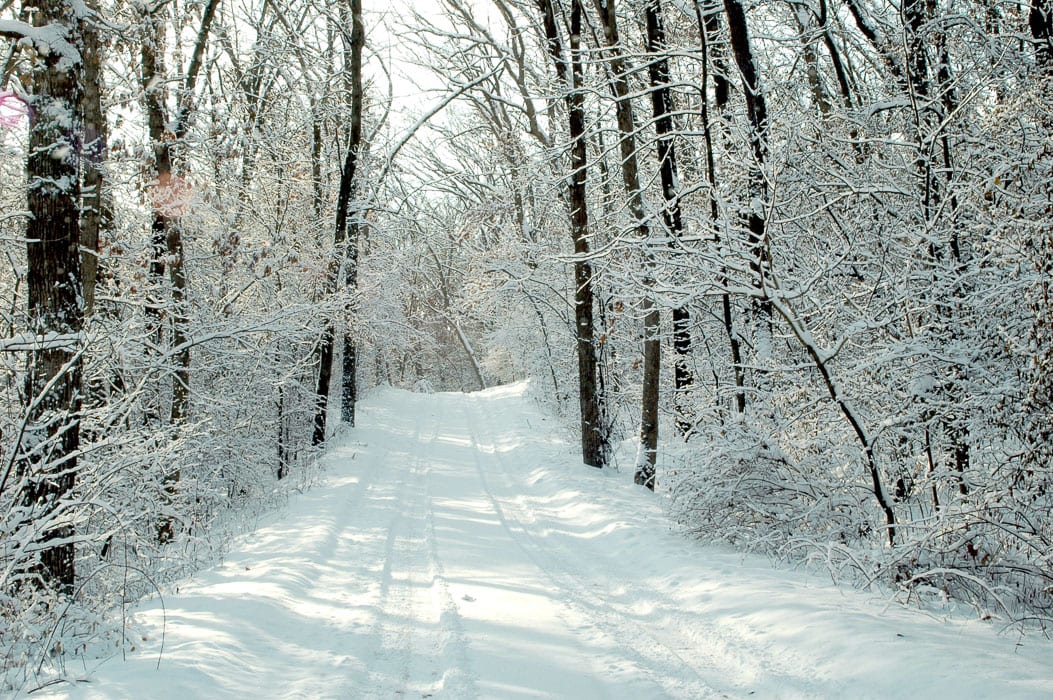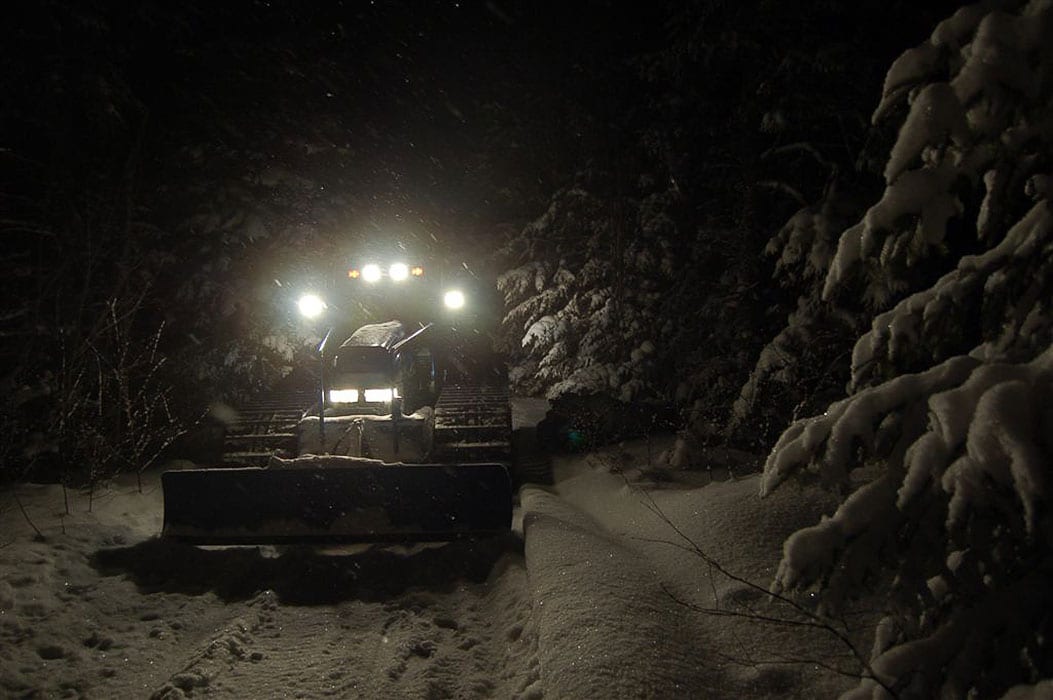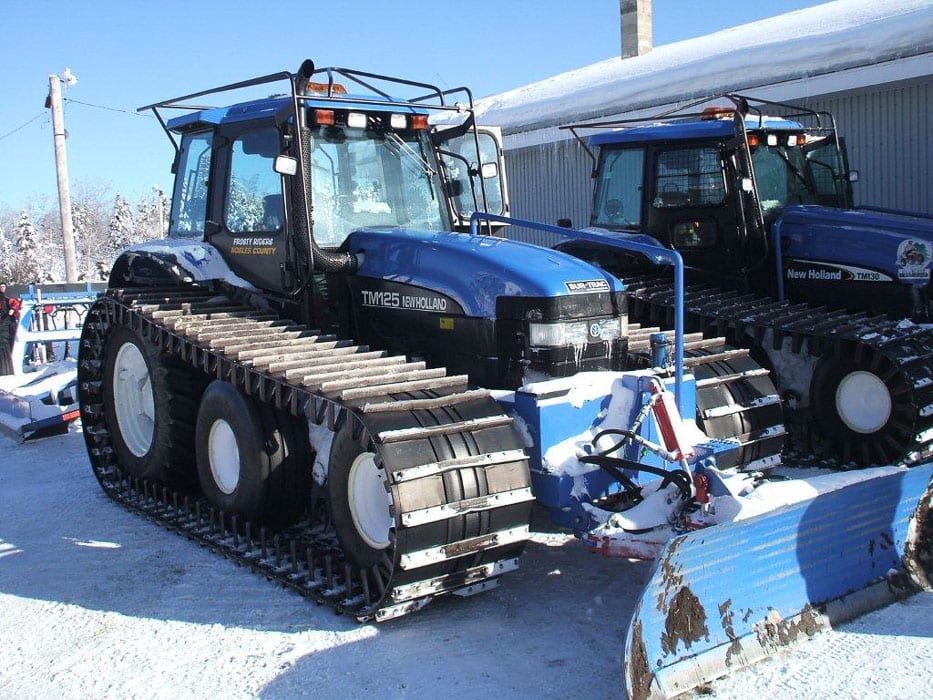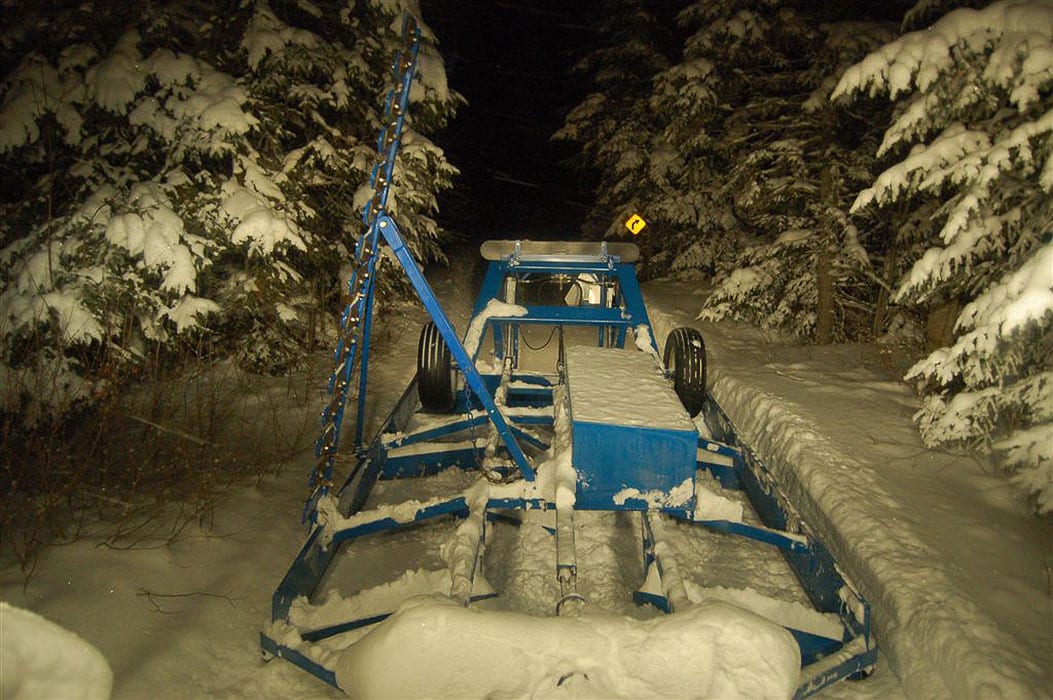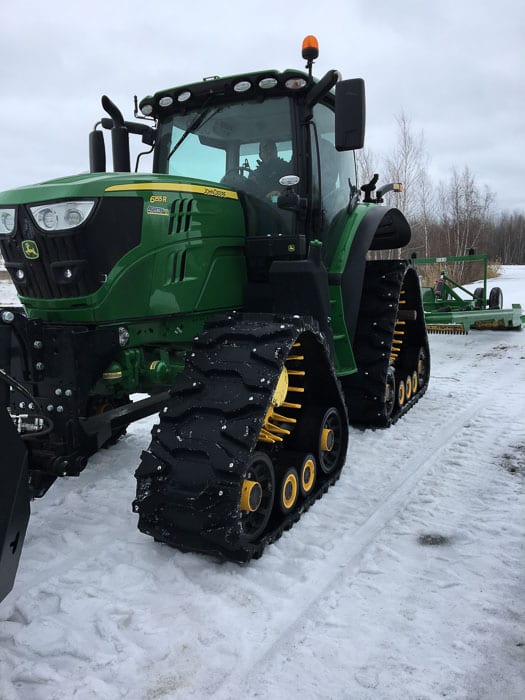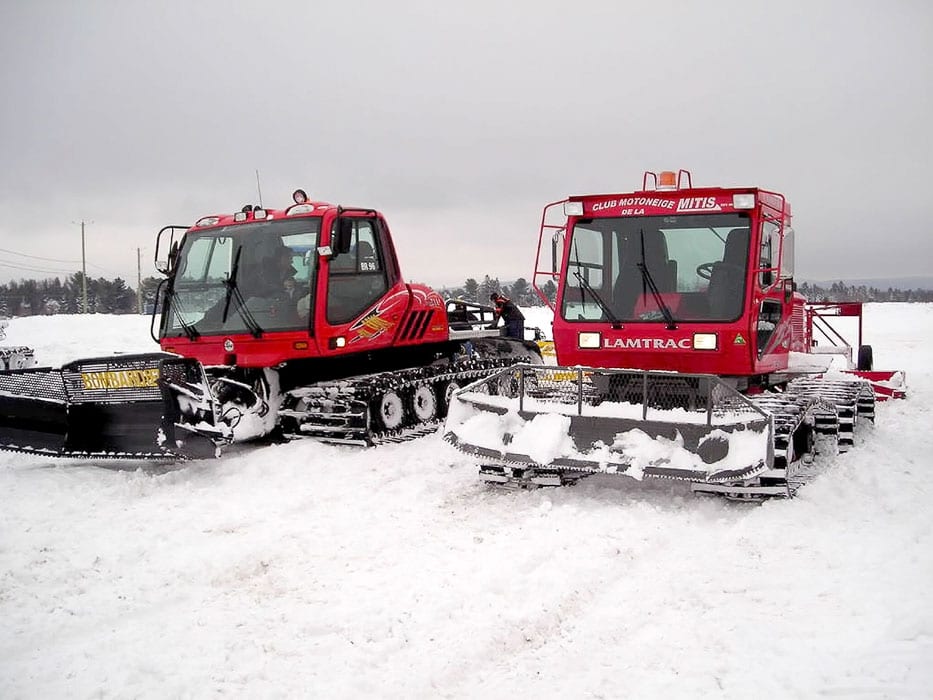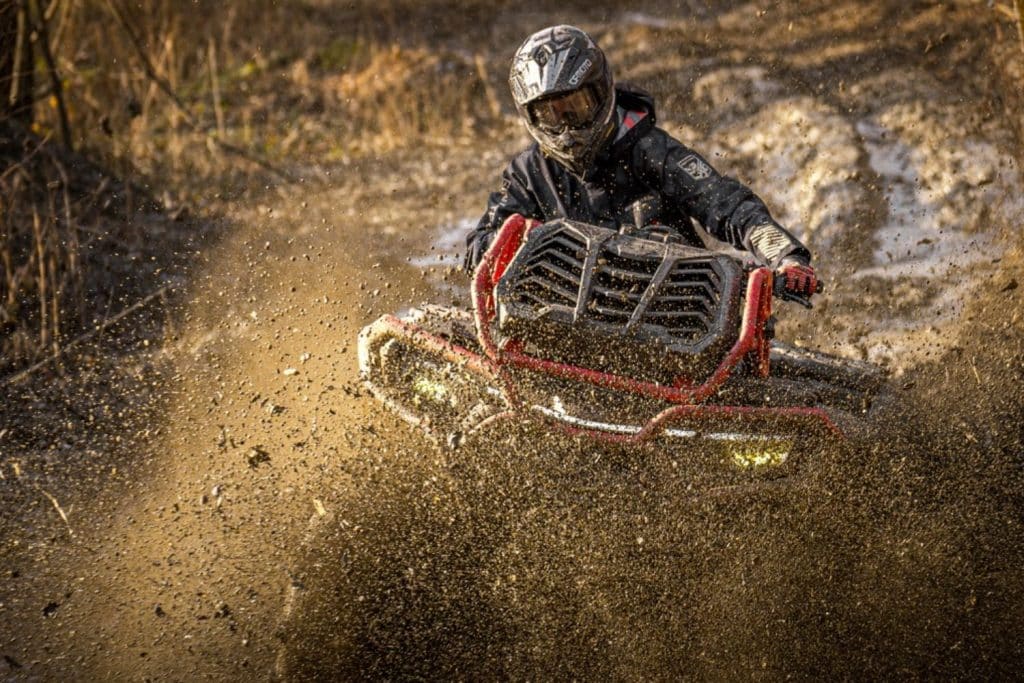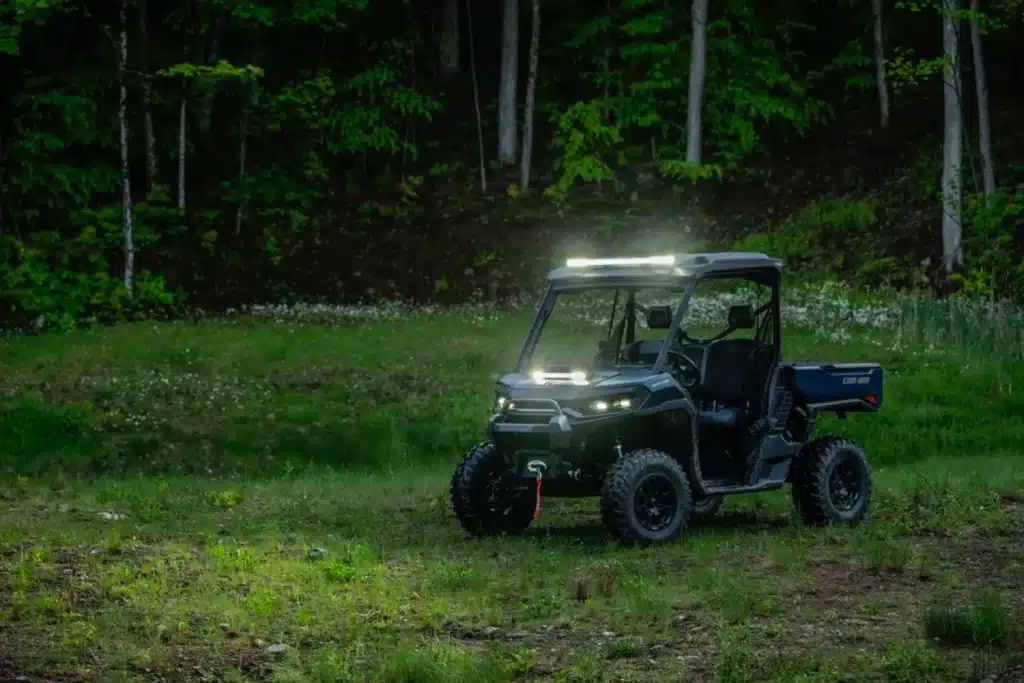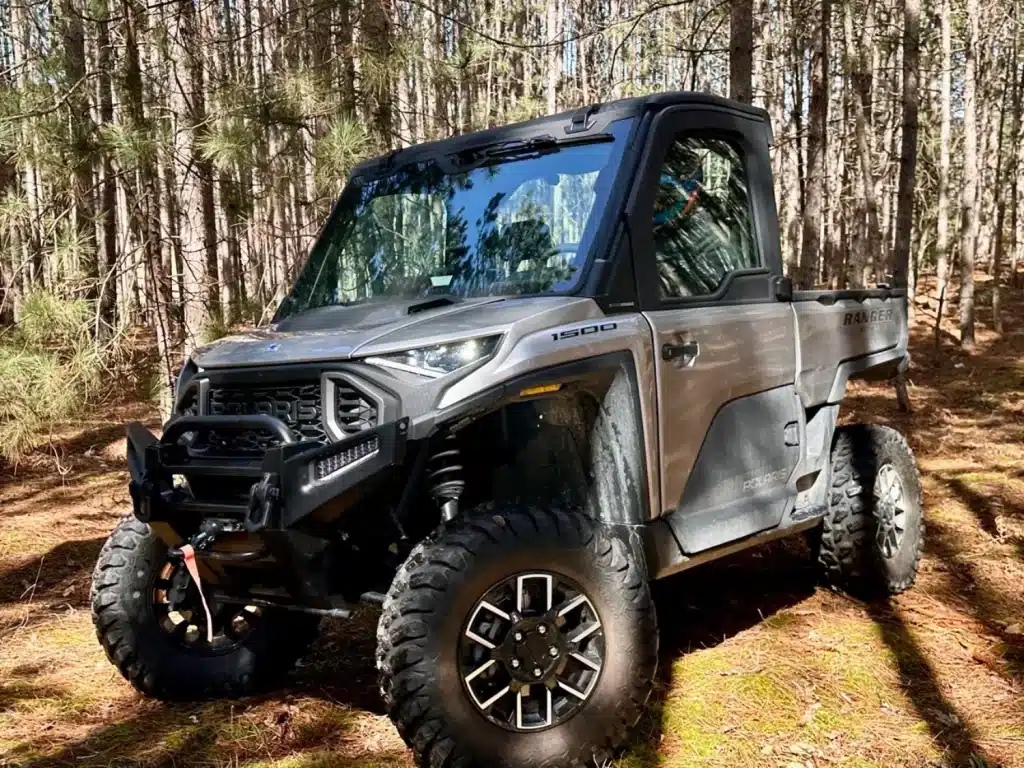At the beginning of the winter season, it is always interesting to understand how and under what conditions the compacted snow trails are made. Good trail conditions are not the result of chance (very occasionally when Mother Nature is really on their side), but it is rather the result of the groomer operators’ expertise and savoir-faire. This expertise depends on several factors – good weather, adequate snow conditions, trail use rates, vehicle traffic, etc. So, in order to better understand the reality of snow grooming operations, let’s have a look at the art of trail grooming.
The raw material – snow
The winter trails are all built with the same material – snow. Snow is not a homogeneous material that always offers the same characteristics regardless of temperature and weather conditions. When one realizes that snow is a solid molecule very close to its melting point (ice vs water), it is easy to understand that the results of grooming operations will be very different depending on the weather conditions.
Basically, the molecular structure of a snow flake is hexagonal, that is, it is always six-sided. The crystal shape of the snow flakes will depend on the conditions of temperature, pressure and time spent in suspension in the atmosphere. Once on the ground, the properties of the snow flakes are already starting to change. At first, gravity causes a shape change of the snow (compaction) and the wind will increase this effect by piling the snow in even more heavy and compact snowdrifts. This, in turn, will cause the migration of water vapor in the colder areas of the snow and will crystallize there. In short, everything depends on the migration of water in the snow depending on the temperature. So there is a metamorphosis of the snow and this takes place in three ways –
Isothermal metamorphosis – when the snow is uniform in temperature, there is a significant formation of sintering. The complicated snow flake shapes are rounded and enlarged by gathering surrounding flakes together. The ice bridges that form between them create a stronger and more durable snow pattern.
Knowing these properties, even only intuitively, is the key to the success of effective trail grooming.
Metamorphosis of the strong gradient – A strong gradient is a strong difference in temperature between the air and the snow itself. The water vapor that comes from the soil that is warmer results in crystal formation with little cohesion because of the abundance of water vapor that travels in the air. This snow is sometimes referred to as granular snow and it is very difficult to compact. This type of snow can remain in place for several weeks and make life difficult for grooming operators who will try in vain to make a well-compacted surface.
Metamorphosis of wet snow is caused by the presence of liquid water in the snow. The presence of this water is explained by a mild spell period, winter rain or spring sun. Due to gravity, the water will seep into the snow until it meets colder snow where it will freeze. When temperatures cool down, the water in the surface snow will freeze to form larger granular flakes or ice pellets that can eventually form strong, solid ice.
Taking into consideration the different physical properties of the snow, the grooming operations will have a variable efficiency and success. In ideal conditions, the purpose of trail grooming is to create, as much as possible, a situation of an isothermal metamorphosis of the snow. By mixing the snow, its temperature will be almost uniform for a period of time. The flakes will also be broken into particles of varying sizes that will agglomerate more closely. This increased proximity will increase the number of bridge possibilities between molecules, called sintering. The last step is to allow the snow to stabilize for a while.
The four steps of trail grooming
Now that we have discussed the physical properties and behavior of snow, what happens during the passage of the groomer? The trail grooming of snow is done in one pass but has, in reality, four stages.
Step 1 – Leveling
Snowmobile trails tend to become bumpy after a while, while ATV trails have a deep rut problem. But the need to level and eliminate moguls is common to both activities, as is the need to clear away snowfalls and wind-blown snowdrifts. Depending on the depth of the ruts and the presence or absence of snowdrifts, the operator will use either the front blade, the pulled groomer or the combination of both. No matter what tool is being used, the operator should be careful not to dig too deeply so as not to cut into the layer of heavily compacted snow at the bottom that forms the trail base. In their jargon operators call that layer trail bottom or trail bed.
Step 2 – Processing the snow
Depending on many factors, the types of snow present in the trails may vary from mixed snow that has no consistency, freshly fallen or wind-blown snow, wet snow, ice, etc. It is necessary to process all types of snow in order to achieve proper trail setup and compaction that follow in the next grooming steps.
During the passage of the grooming sled, snow processing is accomplished by setting up a churning action in front of the blades as they advance at a correct and constant speed. The operator lowers the sled to the proper level so it gets loaded with snow. The snow trapped between the two side rails will flow backward, rolling in the succession of blades placed at an angle. The number of blades is variable depending on the design of the grooming sled and the power of the trolling tractor.
The churning action of the snow has several effects. At first, the needle-shaped particles are broken and the flakes will have a more homogeneous size, leaving more room for the sintering bonds (ice bridges) to take place. Secondly, the air will be forced out of the mixture, creating a smaller distance between each snow flakes and allowing better compaction during the third step. Thirdly, there will be a phenomenon of humidification of the snow created by friction. This is very useful when grooming dry snow.
To ensure the effectiveness of the second phase of snow processing, the tractor speed must be reduced to about 12 km / h. This will allow the properly processed snow to uniformly get out of the sled, leaving an even blend ready to be compacted.
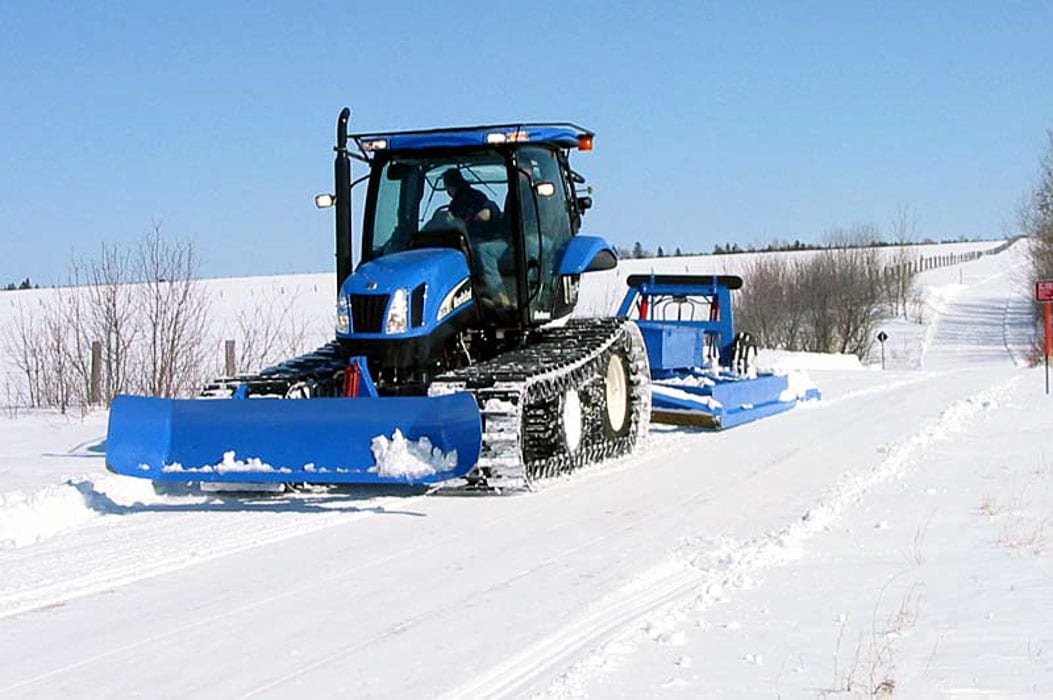
Step 3 – Compaction
At the output, i.e. the rear of the grooming sled, the loose snow created by the processing step is homogeneous but requires to be “compressed “by the sled’s compaction plate. This plate, which has the width of the sled and on which rests all the sled’s weight, compresses the snow in a smooth and uniform surface. More air is expelled from among the snow particles creating a denser trail surface. This is where the best optimization potential of the grooming process lies.
There are some variations in compaction accessories. There are usually simple accessories such as the compaction plate that applies pressure via a hydraulic cylinder. The more weight the sled weighs, the deeper the compaction can be. Sometimes the groom sled is equipped with a vibrating plate that will benefit from the humidification of the snow obtained by the second step, allowing an even more homogeneously compacted snow mixture.
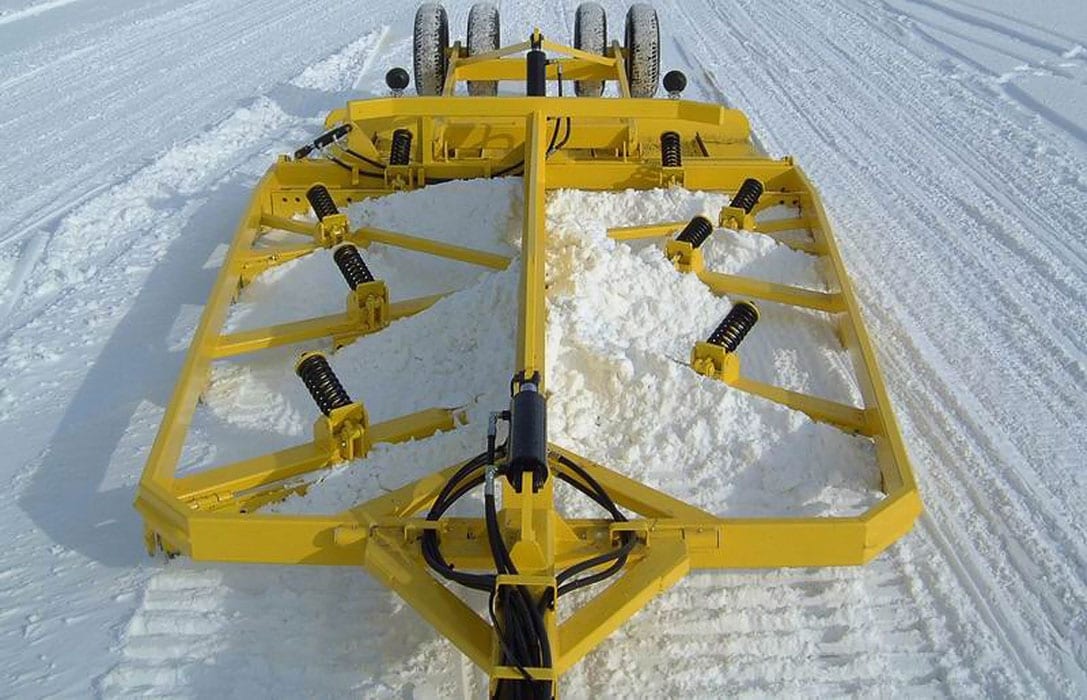
Step 4 – Stabilization / Trail Set-up time
The last and simplest step is to allow time and temperature to freeze the disturbed snow. Needless to say that the riders who follow the groomers on the internet and who are eager to go ride on the freshly groomed trails completely ruin the hard work done. During stabilization, slightly humidified compressed snow freezes slowly, creating a more durable trail surface. This is the main reason why most grooming teams go out at night when traffic levels are much lower and temperatures are colder. Finally, at night the sun will not warm the surface of the freshly packed snow before it is deeply frozen.
You now understand that the art of trail grooming is not a magic operation based on random decisions, but rather precise management of various winter conditions. Sometimes, despite all the goodwill and efforts of the volunteers, the weather and snow conditions end in mixed results. That being said, you may be more forgiving.


